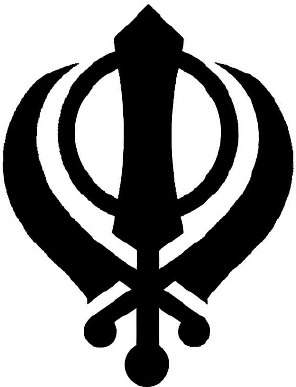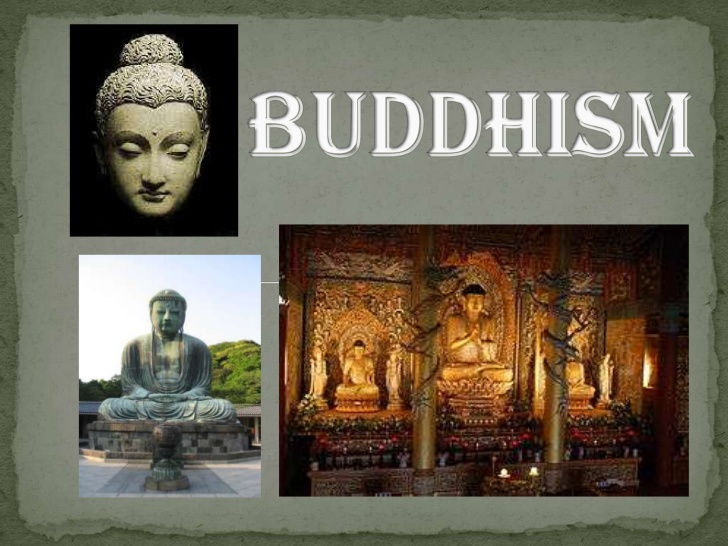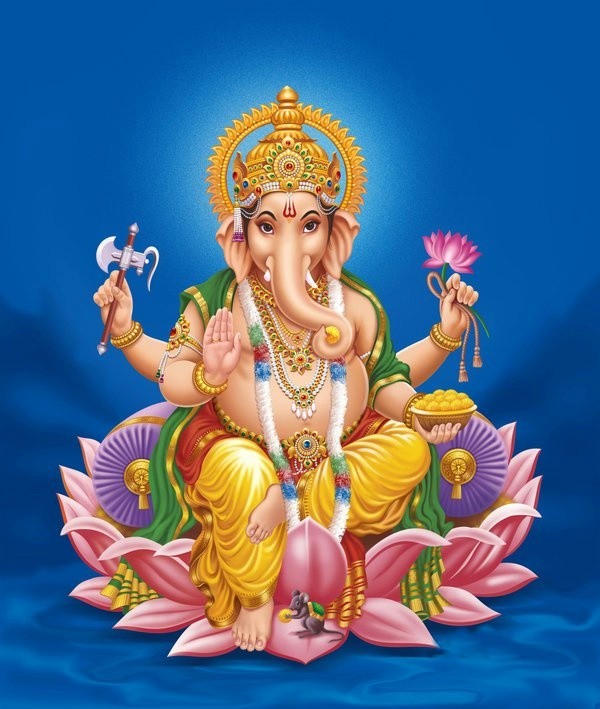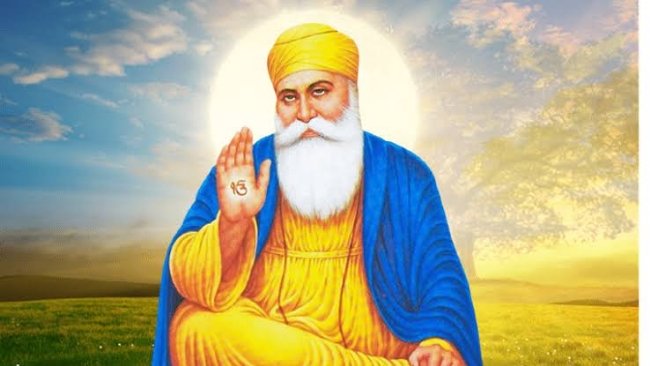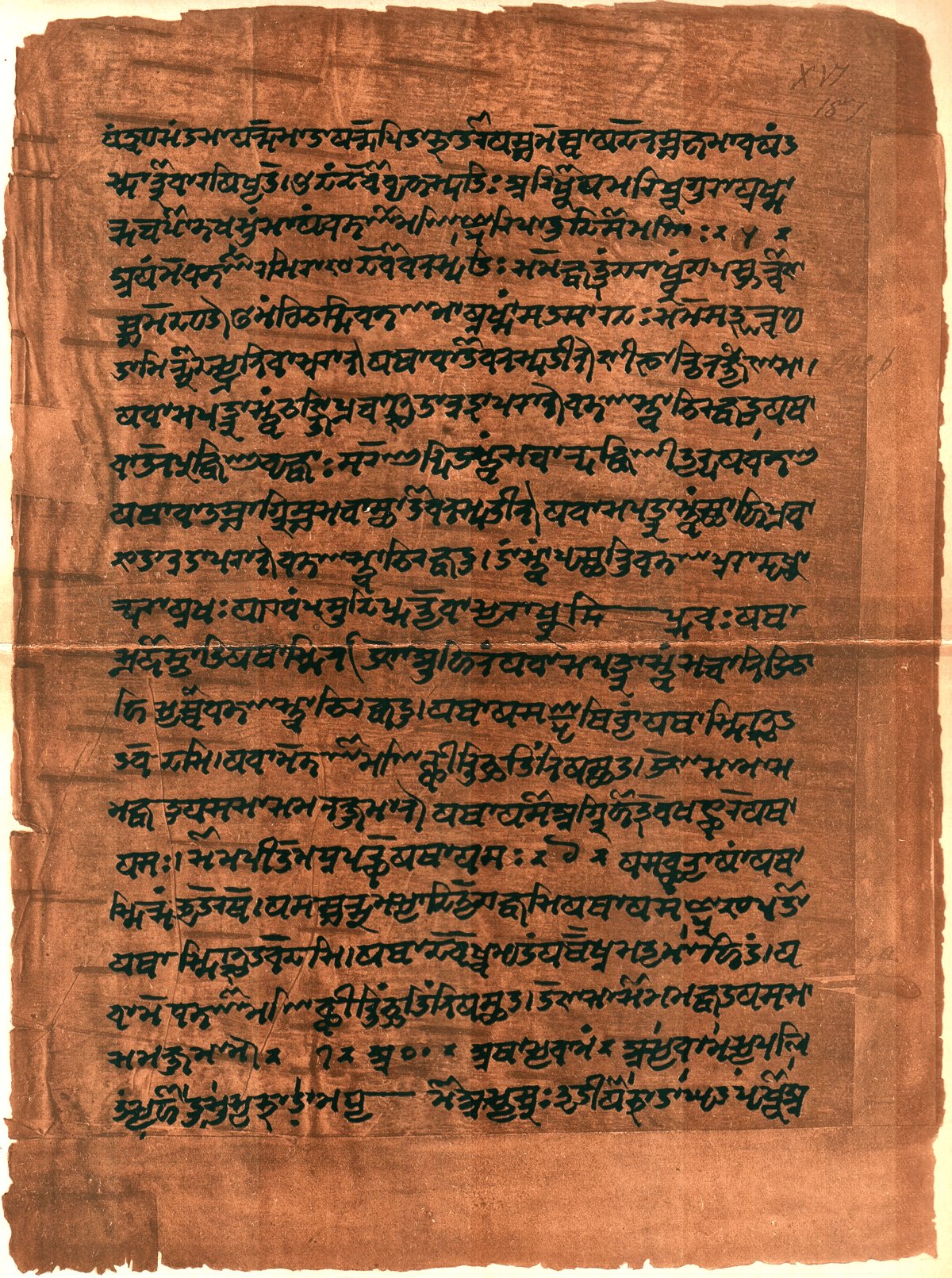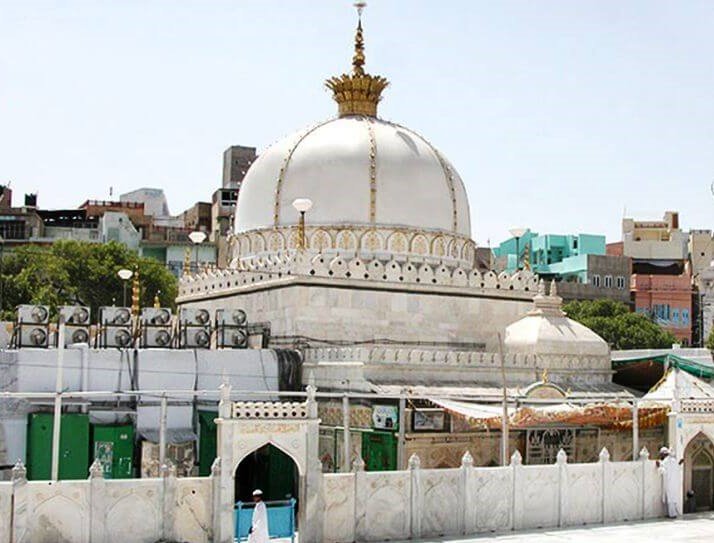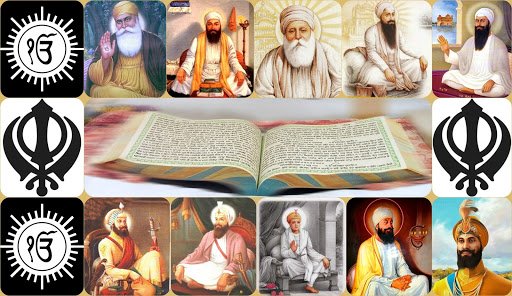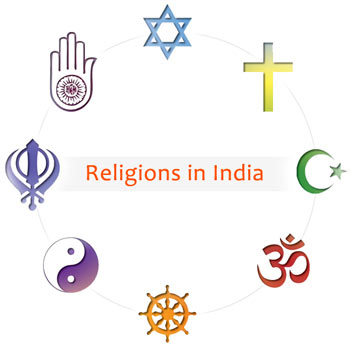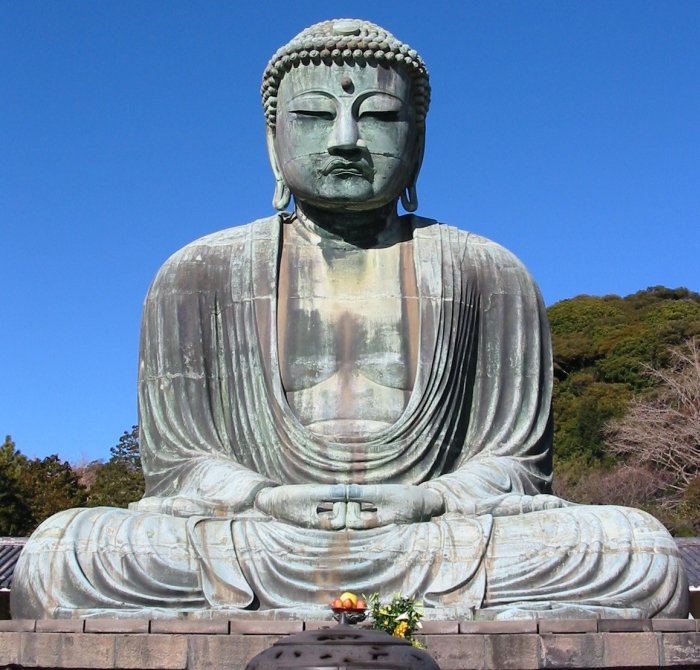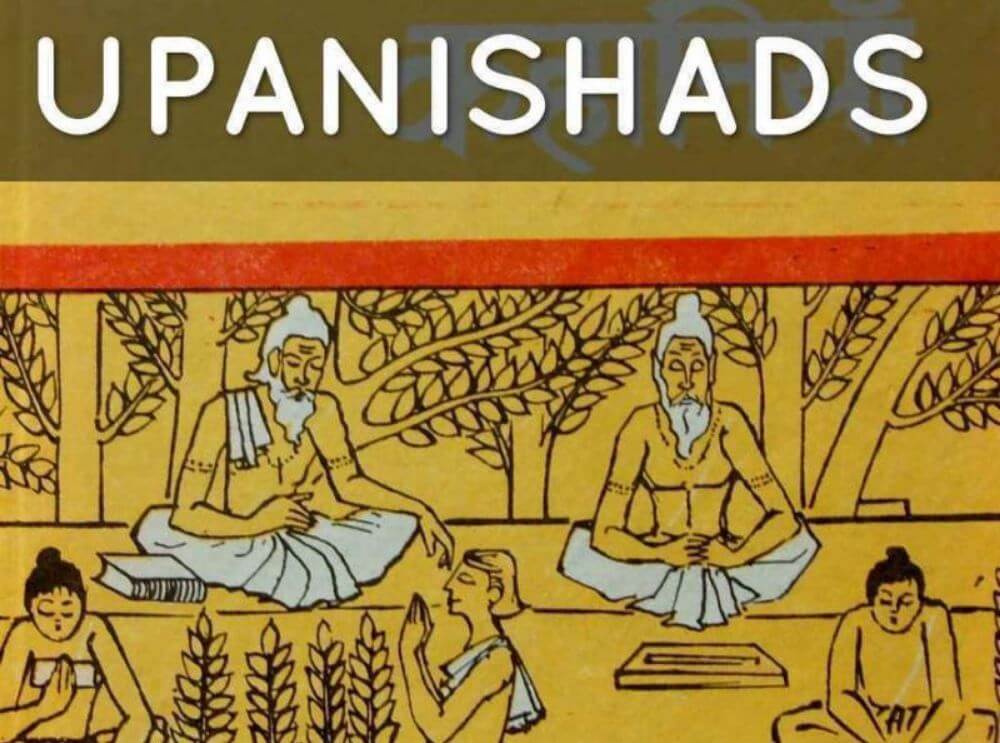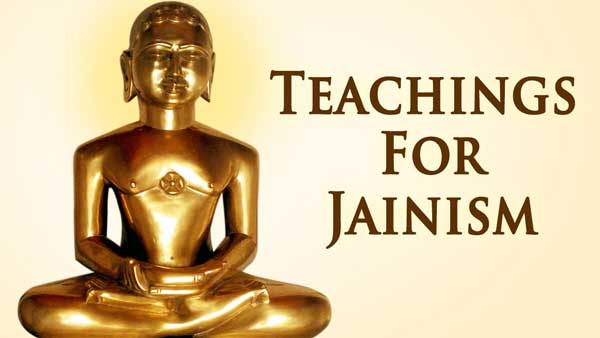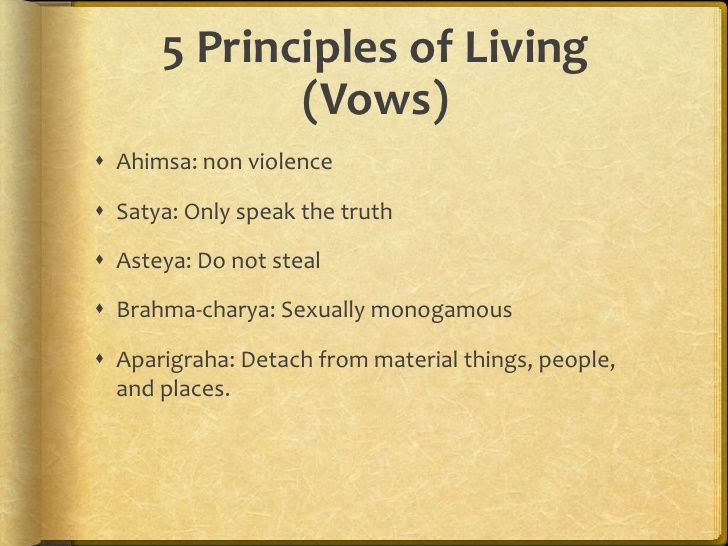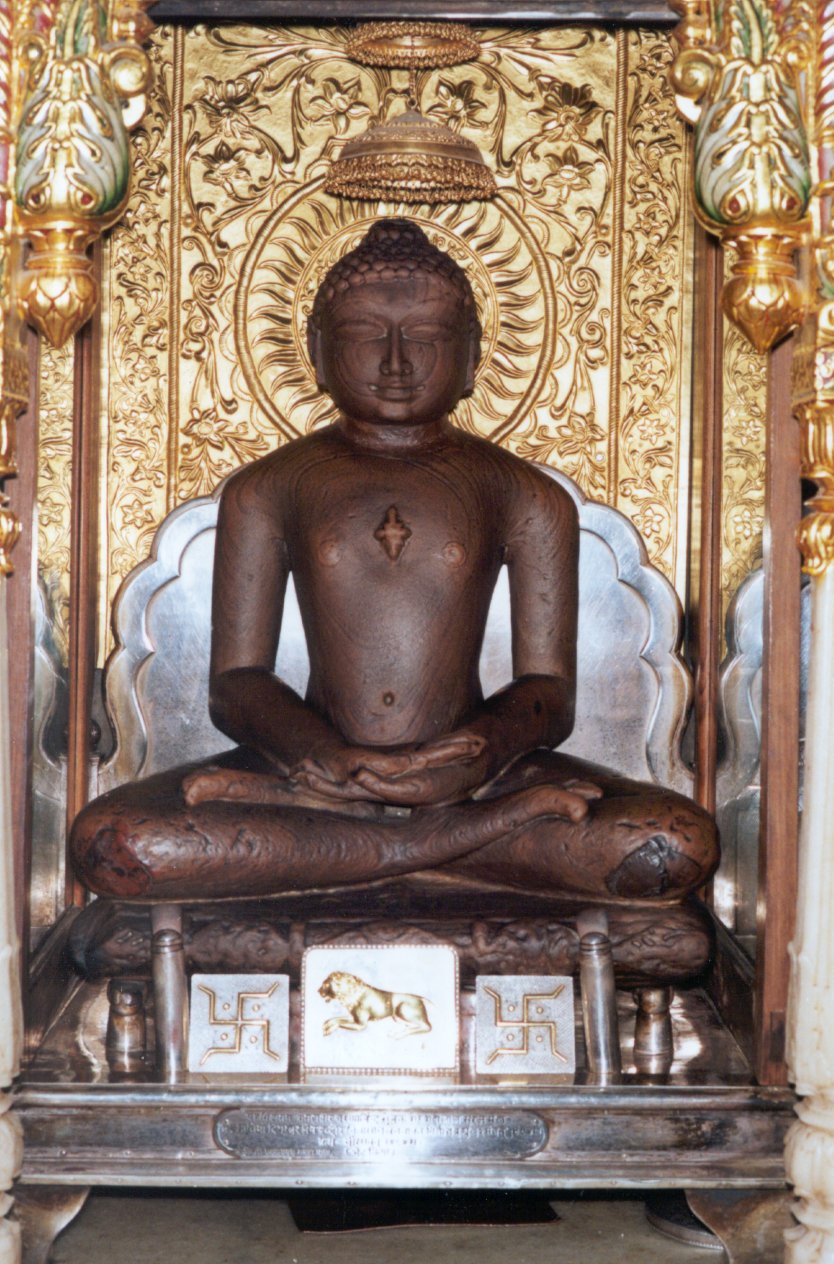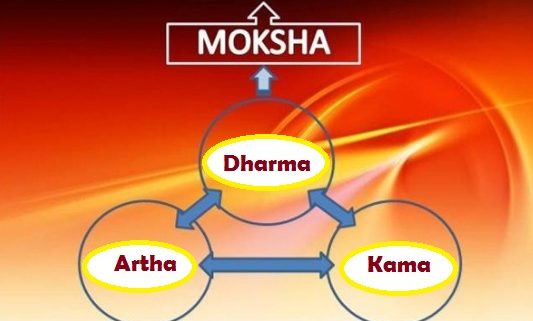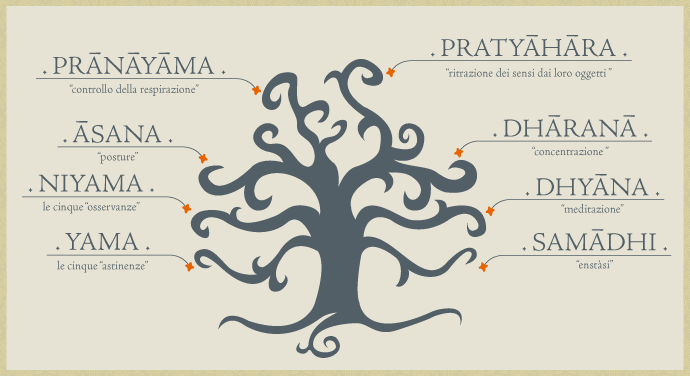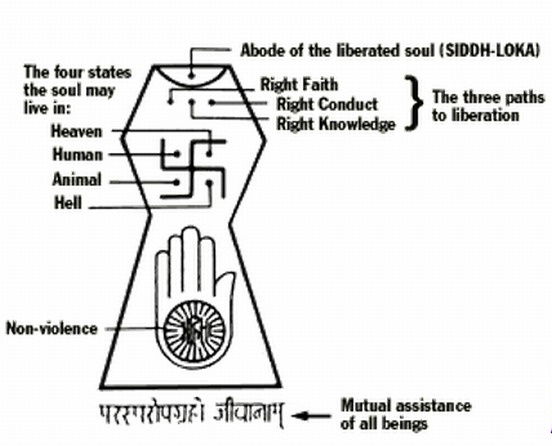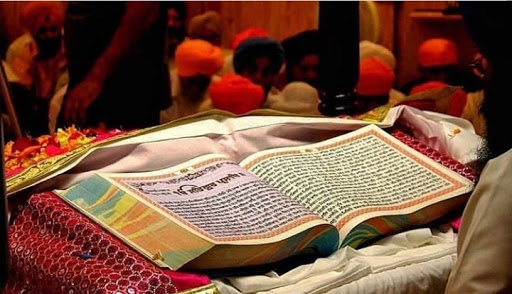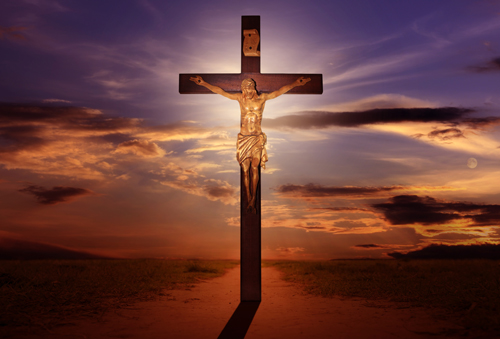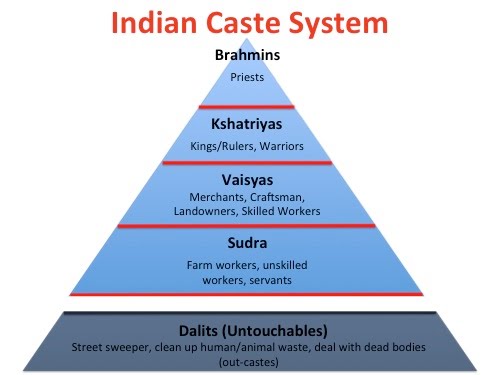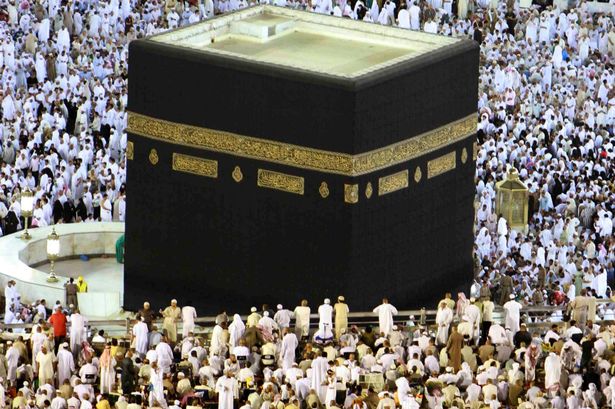- Home
- Religions in India
- Sikhism
Sikhism - Religion in India
Updated on 30-09-2022
Sikhism:
Sikhism is the monotheistic religion which was founded in the 15th century by Guru Nanak Dev Ji in the Punjab region of India. People who follow Sikhism are known as Sikhs. The word ‘Sikh’ originated from Punjabi which means disciple of God. They follow the preaching's and the writings of the ten Gurus. Sikhism is a monotheistic and presses on the equality of men and women in the society. Sikhism is considered as one of the Indian Religions along with Hinduism, Buddhism, Jainism
Guru Nanak Dev Ji was the first guru of Sikhism. Sikhism believes in the existence of only one God and preaches truthful living, honesty, equality to mankind, social justice, humbleness, and social tolerance to other religions.
Sikhism was influenced by Bakthi movement however Sikhism disagreed with some of the views of the Bakthi movement. Sikhism's main beliefs and principles are equality, fraternity, brotherhood, universal peace and prosperity.
Upon the death of the tenth Guru Gobind Singh Guru Granth Sahib became his successor. Guru Granth Sahib is the holy book of Sikhism. This sacred holy book has all the preaching's of Guru Nanak and the 9 Gurus who followed later. Guru Nanak was born in the year 1469. He spread the message of love and tolerance to all which has life on earth.
History of Sikhism
Most of the sikh scriptures were written in Guru Mukhi alphabet. The word sikh is derived from the word shishya which means student. Guru Nanak who is the founder of Sikhism was a religious and social leader. After Guru Nanak there were nine gurus who spread the principles of Sikhism to people.
With the arrival of Mughals in India, Sikhism came in conflict with the Mughal rules for successions. This led to mass killing of Sikh leaders by the Mughals. Guru Arjan Dev and Guru Tegh Bahadur were tortured and executed by Mughal rulers Jahangir and Aurangzeb for opposing persecution of Sikhs and Hindus and for not agreeing to convert into Islam.
The Islamic era of Sikh persecution led to the development of Khalsa. The founding of Khalsa was an important historical event in the history of Sikhism. Khalsa was a Sikh community established by Guru Gobind Singh on March 30th 1699. Guru Gobind Singh started the Khalsa community after his father Guru Tegh Bahadur was beheaded by Mughal rulers. Khalsa provided a religious vision for Sikh community.
The sants composed beautiful hymns on God. The development of Sikhism was influenced by the Bhakti movement and Vaishnava Hinduism. But it can be said that Sikhism is just not the extension of the Bhakti Movement.
Principles/ Teachings of Sikhism

Since Sikhism believes in the existence of only one God many sources call it as Monthestic. People who follow Sikhism are expected to be kind hearted. The basic principles or the three pillars of Sikhism which are the teachings of Gurus are:
- Naam Japna: it means remembering God through meditation throughout the day. It says this can be done through chanting the hymns or singing the prayer of God. Singing of hymns is called Kirthan.
- Kirat Karo: Doing any job with honesty, dedication and through hard work for leading a well mannered life in the society. There are some jobs which are not allowed in Sikhism: working in Brothel houses, prostitutes, working in pubs, doing gambling, astrology.
- Vand Chakko: This is another important pillar of Sikhism which says that sharing with others whether it can be wealth or food is a habit which every human should follow. It can be through Langar, or distributing clothes for the needy, wealth for the needy in its own community or in other communities.
Some other principles, concepts and beliefs in Sikhism are:
- Concept of one God
- Treat everyone equally
- To avoid the five sins—ego, lust, greed, anger and attachments.
- Shakti and Bakti
- Service and action
- To engage is selfless service.
- Concept of Karma
- Equality to women
Sikhs
A person who follows Sikhism is called as Sikhs. Males in sikhs usually have Singh along with their name. Females usually have Kaur along with their name.
Usually the Sikhs are recognised by Five Ks: ’Kesh’ they are uncut hair which is covered by turban, ‘Kara’ a steel or iron bracelet, ‘Kirpan’ a sword tucked, ‘Kachehra’ a cotton undergarment, ‘Kanga’ a small wooden comb.
Sikhs follow and believe in the teachings of the ten Gurus and the holy scripture Guru Granth Sahib. Gurudwara is the worship place for Sikhs. People from all religions are welcomed to visit Gurudwara and take the blessings of the Guru.
Sikh Gurus
Sikh Gurus are the spiritual leaders and messengers who established Sikhism over a course of period.. The era of Sikh Guru’s started from 1469 with the birth of Guru Nanak Dev till the death of Guru Gobind Singh Sahib in 1708. Guru Gobind Singh who is the tenth Guru passed the Guruship to the holy scripture Guru Granth Sahib.
Update on coronavirus in India
1) Guru Nanak Dev Ji - Guru from 1469 to 1539
Guruship- since birth,
2) Guru Angad Dev Ji - Guru from 1539 to 1552
Guruship- 7th September 1539, Date of Birth 31st March 1504
3) Guru Amar Das Sahib Ji - Guru from 1552 to 1574Guruship- April 1552, Date of birth- May 1479
4) Guru Ram Das Sahib Ji - Guru from 1574 to 1581Guruship- September 1574, Date of Birth- September 1534
5) Guru Arjan Dev Ji - Guru from 1581 to 1606Guruship September 1581, Date of Birth- April 1563
6) Guru Har Gobind Sahib Ji - - Guru from 1606 to 1644Guruship- 1606, Date of Birth- June 1595
7) Guru Har Rai Sahib Ji - Guru from 1644 to 1661March 1644, Date of Birth- January 1630
8) Guru Har Krishan Sahib Ji - Guru from 1661 to 1664Guruship October 1661, Date of Birth- July 1656
9) Guru Tegh Bahadur Sahib Ji - Guru from 1665 to 1675Guruship- March 1664, Date of Birth-April 1621
10 Guru Gobind Singh Sahib Ji - Guru from 1675 to 1708Guruship- November 1675, Date of Birth-1666
Sikh Symbols
Sikhism mainly consists of two symbols known as Khanda and Ek Onkar
Khanda: It is one of the most important symbols in Sikhism. It is an important military emblem of the Sikhs and is also represented on the Nishan Sahib ( Sikh Triangular flag). It is collection of three weapons
A double edged sword called a khanda at the centre.
A Chhakram that surrounds the Khanda
Two single edged swords or kirpans cross at the bottom and sit on either side of Khanda and chakram. They represent the dual duties of Miri Piri and Gurus.
Ek Onkar: It is a symbol which is used to represent one supreme God. It is the first words of Mul Mantar ( opening verse of Sikh scripture) and is the beginning phrase of the holy scripture Guru Granth Sahib. It is an emblem of sikh religion found on Gurudwaras.
Sikh Sacred Scripture
Guru Granth Sahib:
Guru Granth Sahib or the Adi Granth is the sacred scripture of Sikhism. After the death of the tenth Guru Gobind, Guru Granth Sahib is considered as the next Guru. It consists of around 6,000 hymns of various Sikh Gurus with 1430 pages. It is placed in Gurudwaras and is the main object of worship in all Gurudwaras.
Guru Granth Sahib is written in Gurumukhi script in various languages. The Guru Granth is opened in the morning and is closed at night. The Adi Granth is divided into musical settings or ragas. It is further divided into two sections : First section consists of Mul Mantar, Japji Sahib and Sohilla which were composed by Guru Nanak. The second section consists of compositions by various Sikh gurus followed by those of the Bhagats according to the ragas or musical settings.
The hymns are arranged according to the musical modes in which they are sung.
Dasam Granth:
It is the holy scripture of Sikhism which consists of texts composed by the tenth Guru Gobind Singh,the tenth and the last human spiritual leader of Sikhs. It is also known as Dasven Padshah ka Granth. It contains hymns, mythological stories from Hindu texts and philosophical writing.
Composition of the Granth gives out the ideas and guidelines for the future of Nanak Panth and includes Jaap Sahib, Tav-Prasad Savaiye and Benti Chaupi. All these compositions are part of daily prayers Nitnem ( Collection of hymns which should be recited three times daily) are also part of Amrit Sanchar. The Granth contains the background creation of Khalsa Panth.
It contains around 1500 pages with around 17,900 verses in 18 different sections.
Gurudwara
Gurudwara is a place of worship for Sikhs. It is open to all irrespective of caste,creed and religion. It is also referred to as Gurudwara Sahib. In the Gurudwara Sikh scriptures are sung and recited. The Guru Granth Sahib is placed at the centre of the gurdwara on an elevated throne or thakat.
A communal dining hall langar in which vegetarian food is served to people free of cost by the volunteers. Gurudwara may also contain a medical facility room, library, playground and many more things. Most of the Gurudwaras have flagpoles bearing Nishan Sahib, the Sikh flag. The most important room in the Gurudwara is the community hall where Guru Granth Sahib is placed. People gather there and take part in the religious activity and also reciting devotional hymns from Guru Granth Sahib.
Some of the important Gurdwaras which are the sikh pilgrimage centre are Bangla Sahib Gurudwara in Delhi, Harminder Sahib or Golden Temple in Punjab, the five takhts located in Amritsar, Punjab and some more other Gurudwars.
Affiliate Disclosure:
If you make any purchase via a link on this site, I may receive a small commission with no added cost to you.
